Museo del Ghisallo
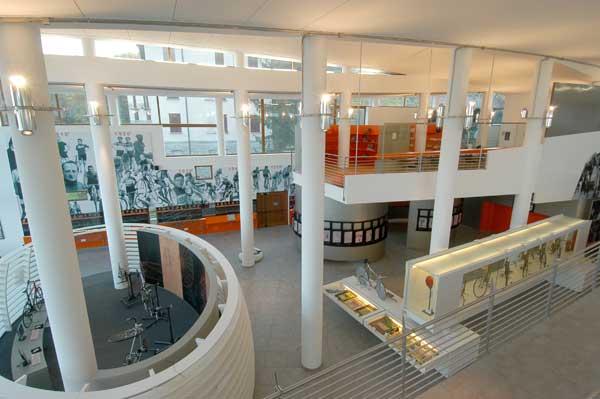
I was sad when I read the news that the Museo del Ghisallo is closing this winter, and that the prospects of it reopening next spring are uncertain. I fondly remember my visit in January 2007 to Magreglio, where the museum is located. We were on a month-long work road trip in southern Europe to photograph the bicycles for our book The Competition Bicycle. I had contacted collectors and museums, done research and finally selected the locations where we would shoot the bikes. It was an adventure, since we never knew what we would find.
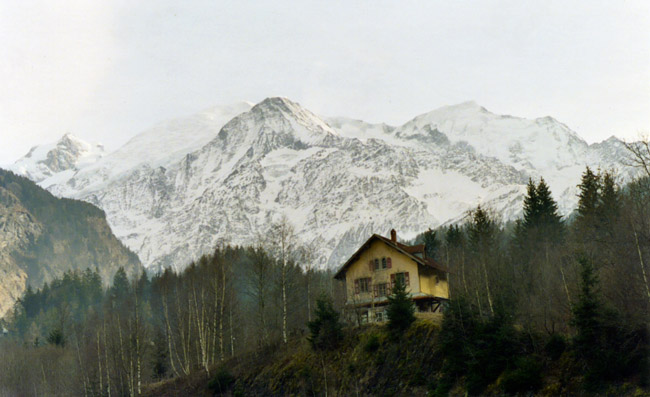
As our rental van drove up the switchbacked roads from Lake Como, the landscape become more mountainous. Snow covered the peaks around us, and the roads got smaller and smaller. We finally reached the village, asked for directions, and found our bed & breakfast. The next morning, we headed to the ancient chapel dedicated to bicycle racing, and found the brand-new museum next door.
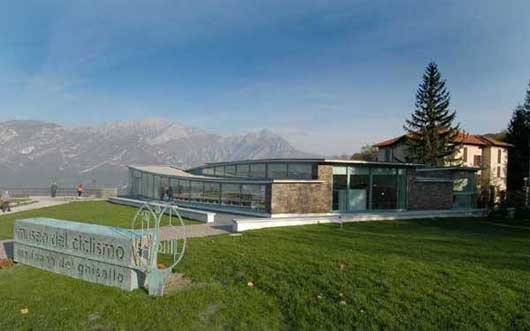
The sun had come out and flooded the modern building with light. Before we could even inspect the bikes, we were distracted by the breathtaking view down to Lake Como. The entire valley side of the museum consisted of glass, opening to a mountain panorama that could have been in a picture book.
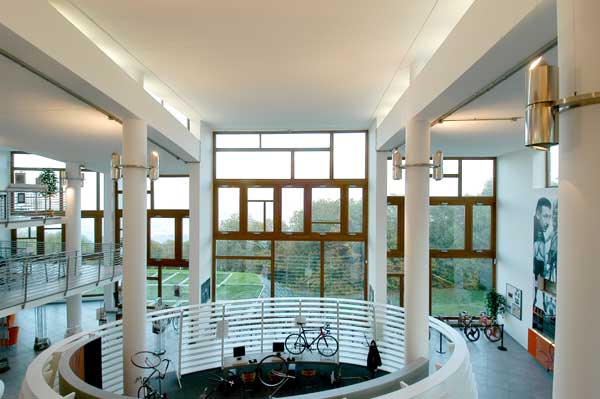
Then there were the bikes, sparingly placed in the open spaces. About 30 of them, almost all historic machines that belonged to great champions. Fausto Coppi’s Bianchi from the 1949 Tour de France (which he won). Francesco Moser’s hour record machine. Eddy Merckx’ 1974 bike on which he won the Tour, the Giro and the World Championships. In a corner, we discovered Tony Rominger’s hour record bike. There was a bike that Alfonsina Strada, the woman who raced in the 1924 Giro d’Italia, rode during the 1930s. A beautiful Colnago that had been built for Guiseppe Saronni. And the list goes on.
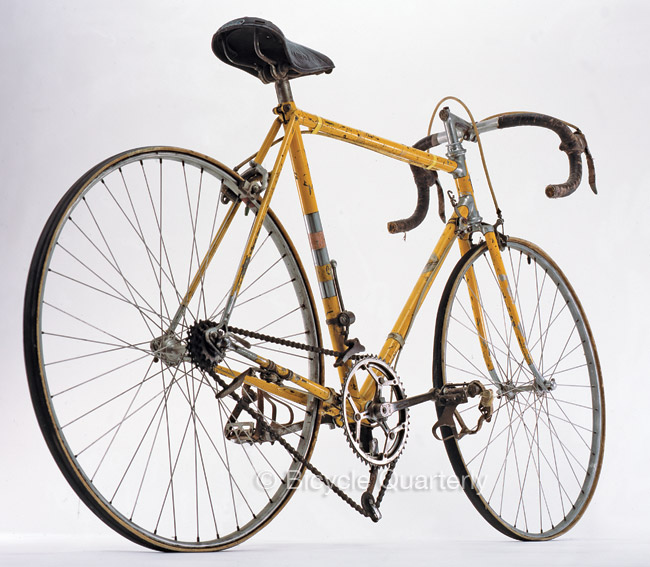
Most of the bikes had been donated by the racers to the chapel at a time when they were not worth much. This direct provenance was especially important for our project of photographing the actual bikes on which racers had competed. Too many times, we had traveled far and set up our studio, only to find out upon closer inspection that the bikes were look-alikes or even forgeries. Even at the Museo and the chapel, a few bikes were mislabeled. For example, Gino Bartali’s bike (above) was exhibited as the one he used to win the 1948 Tour de France. Careful research showed that he actually rode it in the 1949 Tour, when he placed second.
Eowyn Ceruti, who managed the museum, led us downstairs, where we set up our photo studio in one of the spacious meeting rooms. Then she let us have a free reign of the museum. Any bike I wanted, I simply carried downstairs. Often, I had to adjust the saddle and other parts, so it looked like it did when it was raced by its famous rider. I spent hours in the library of the museum to research details like the saddle height and the original equipment of the bikes. Then we spent 2-3 hours photographing each bike.
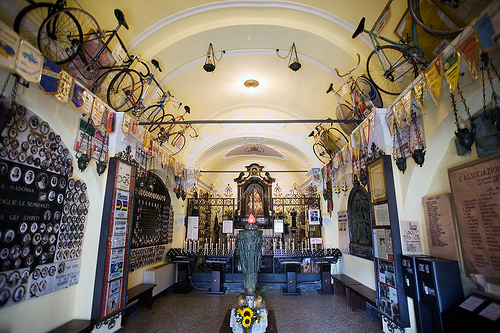
Eowyn introduced me to the priest of the chapel, who lent us some of “his” bikes, including Gino Bartali’s machine from the 1949 Tour de France. Seeing the old priest climbing up a rickety ladder to retrieve the bike from under the ceiling of the chapel had both Eowyn and me hold our breaths.
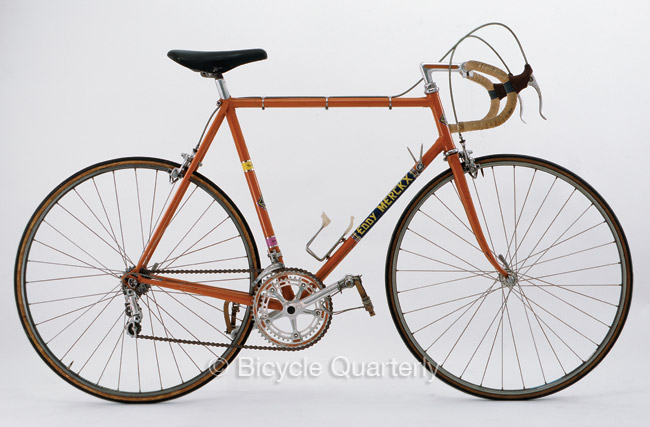
We spent three days working at the Museo. One evening, Eowyn and her friends took us for dinner in a neighboring village. The restaurant was so small and half-hidden behind another building that we never would have found it on our own. We were the only guests. The meal went on from 9 p.m. until midnight, with one delicious course after another being served. As we started dessert, I mentioned that Eddy Merckx’ bike (above) was just my size. Eowyn laughed and said: “You should take it out and ride the climb to Ghisallo.” The thought of riding the famous climb that features in the Giro di Lombardia on the “Cannibal’s” bike was an exciting prospect. On this trip, I had been able to ride some exciting bikes from various collections, but this would be the ultimate. Only then did I realize that Eowyn was joking. I am sure the museum’s curator would have had a heart attack if that bike had raced down the switchbacks…
The Museo was the brainchild of the great racer Fiorenzo Magni, who also seems to have helped finance it with the profits from his chain of Opel car dealerships. Magni died a year ago, and in today’s Europe, funding for culture and arts is harder to find. That appears to be the reason why the museum’s future now is in doubt.
My visit to Magreglio was one of the highlights of this amazing, exhausting and stimulating project. I have fond memories of the wonderful museum and its helpful, friendly staff. Let’s hope that the Museo opens again next spring. It is definitely worth a visit.
In the mean time, I am looking through the pages of The Competition Bicycle and admiring the bikes. For me, each of them not only tells the story of its racer, but also brings back memories from a great trip.
Photo credits: Museo del Ghisallo, Jean-Pierre Pradères (bike photos)


